Understanding Brass Plumbing Fitting
Brass plumbing fitting are known for their versatility and strength. They offer reliable performance in various plumbing applications, including water supply, gas lines, and heating systems. Brass fittings combine durability with a classic aesthetic, making them a popular choice for both residential and commercial projects.
Various types of brass fittings are available, such as elbows, tees, couplings, and adapters. Each type serves a specific function in the plumbing system. Understanding these types helps you choose the right fitting for your needs.
Assessing Your Plumbing Project
Identify the Application
First, identify the specific application of the fitting. Are you working on a water supply line, a gas line, or a heating system? Each application may require different types of fittings due to varying pressure and temperature requirements.
Determine the Pipe Size
Accurately measure the pipe size where the fitting will be installed. Brass fittings come in various sizes to match different pipe diameters. Ensuring a proper fit is crucial to prevent leaks and ensure a secure connection.
Consider the Environment
Consider the environment where the fitting will be used. For instance, brass fittings exposed to outdoor elements need to withstand corrosion and temperature fluctuations. Indoor fittings, especially those for potable water, should meet health and safety standards.
Choosing the Right Fitting Type
Elbows
Elbows change the direction of the pipe. They come in various angles, such as 45 degrees and 90 degrees. Use elbows to navigate around obstacles or to change the direction of the plumbing line.
Tees
Tees allow for branching of the pipe. They have three openings: one inlet and two outlets. Tees are useful for distributing water to different areas or connecting multiple lines.
Couplings
Couplings connect two pipes of the same size. They are ideal for extending the length of a pipe or repairing a damaged section. Ensure the coupling matches the pipe diameter for a secure fit.
Adapters
Adapters connect pipes of different sizes or types. They come in various configurations, such as male-to-female or female-to-male threads. Use adapters to transition between different plumbing materials or sizes.
Material Considerations
Lead-Free Brass
Ensure the brass fitting is lead-free, especially for potable water systems. Lead-free brass fittings meet health standards and prevent lead contamination in drinking water.
Corrosion Resistance
Look for brass fittings with enhanced corrosion resistance. This is particularly important for fittings exposed to harsh conditions, such as outdoor installations or areas with high humidity.
Pressure and Temperature Ratings
Check the pressure and temperature ratings of the brass fitting. Ensure the fitting can handle the maximum pressure and temperature of your plumbing system. This information is usually provided by the manufacturer.
Installation Considerations
Compatibility
Ensure the brass fitting is compatible with the existing plumbing materials. Brass fittings work well with copper, PEX, and other brass pipes. Compatibility ensures a secure and leak-free connection.
Ease of Installation
Choose fittings that are easy to install with the tools you have. Some brass fittings require soldering, while others use compression or threaded connections. Consider your skill level and the tools available when choosing a fitting.
Leak Prevention
Proper installation techniques are crucial to prevent leaks. Use thread sealant or Teflon tape on threaded connections. Ensure compression fittings are tightened correctly to create a watertight seal.
Budget Considerations
Cost vs. Quality
While brass fittings may be more expensive than plastic or other materials, their durability and longevity offer long-term savings. Consider the total cost of ownership, including maintenance and replacement costs, when budgeting for your project.
Bulk Purchasing
If your project requires a large number of fittings, consider purchasing in bulk. Many suppliers offer discounts for bulk purchases, reducing the overall cost of the project.
Sourcing Your Brass Fittings
Reputable Suppliers
Purchase brass fittings from reputable suppliers to ensure quality and reliability. Look for suppliers with good reviews and a track record of providing high-quality plumbing materials.
Manufacturer Warranties
Check if the manufacturer offers warranties on their brass fittings. Warranties provide peace of mind and protection against defects or failures.
Availability of Spare Parts
Ensure the availability of spare parts and fittings for future repairs or expansions. Having a consistent supply of compatible fittings simplifies maintenance and upgrades.
Conclusion
Choosing the right brass plumbing fitting for your project involves understanding your specific needs, the types of fittings available, and the environmental conditions. By considering factors such as material quality, compatibility, ease of installation, and budget, you can select the best fitting for a reliable and efficient plumbing system. Investing in high-quality brass fittings ensures durability, safety, and long-term performance for your plumbing projects.
Connect
IFAN is a Chinese manufacturer of plastic pipes, fittings and valves with 30 years of experience. If you are interest in IFAN copper fittings, copper valves, plastic pipes and fittings, please contact us. IFAN offers you a variety of standard pipes to meet your specific needs. Click below to learn more about IFAN’s wide range of affordable and cost-effective valve products and piping system related products.
We will reply your email or fax within 24 hours.
You can call us at any time if there is any question on our production.
For more information,pls visit our webside https://ifanpro.com/
Pls Mailto: [email protected]
Whatsapp: + 86 19857948982

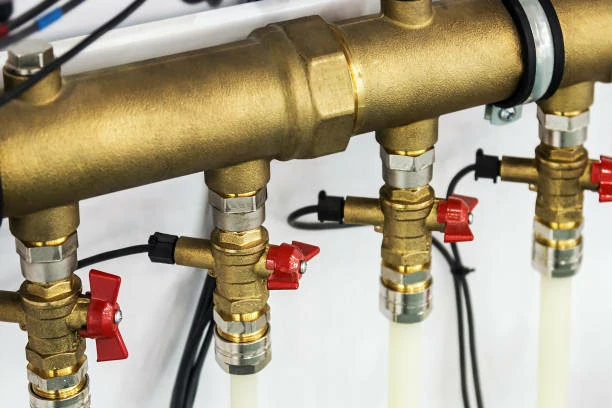

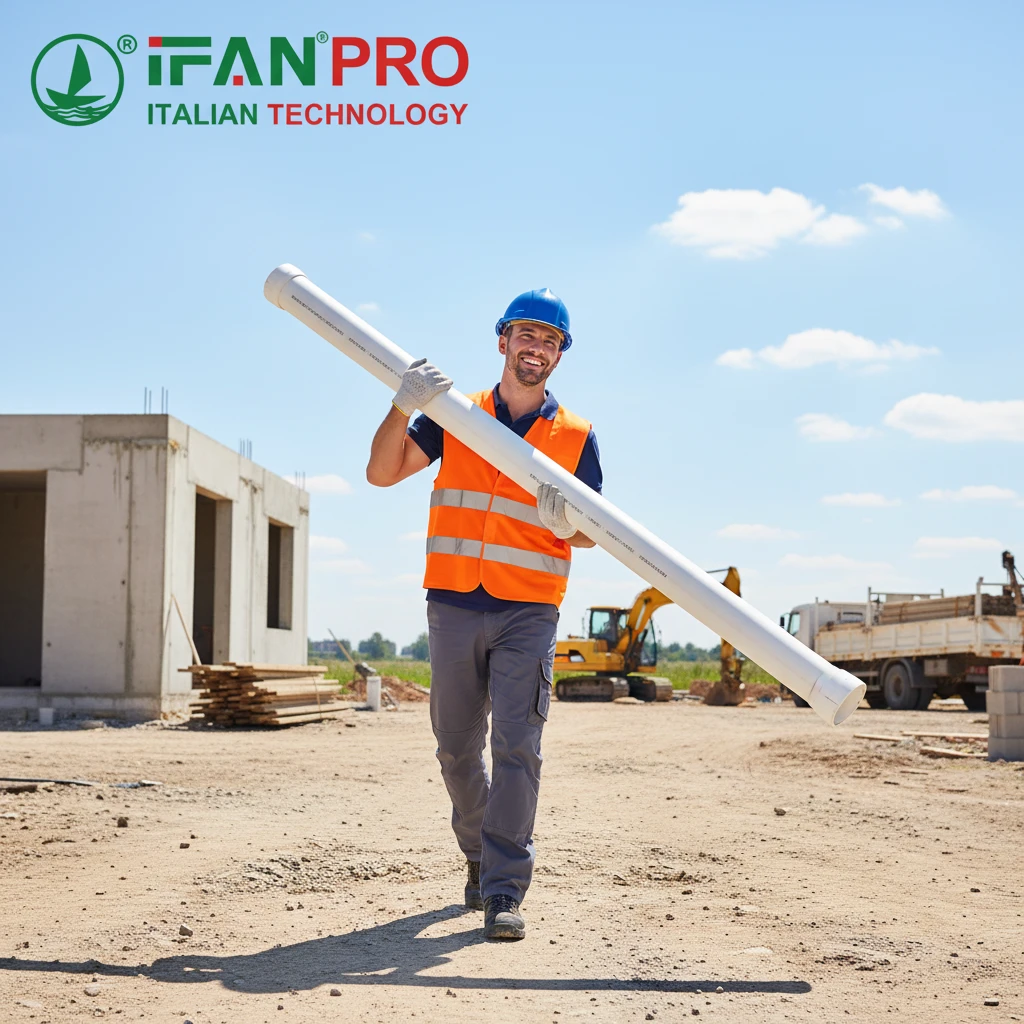
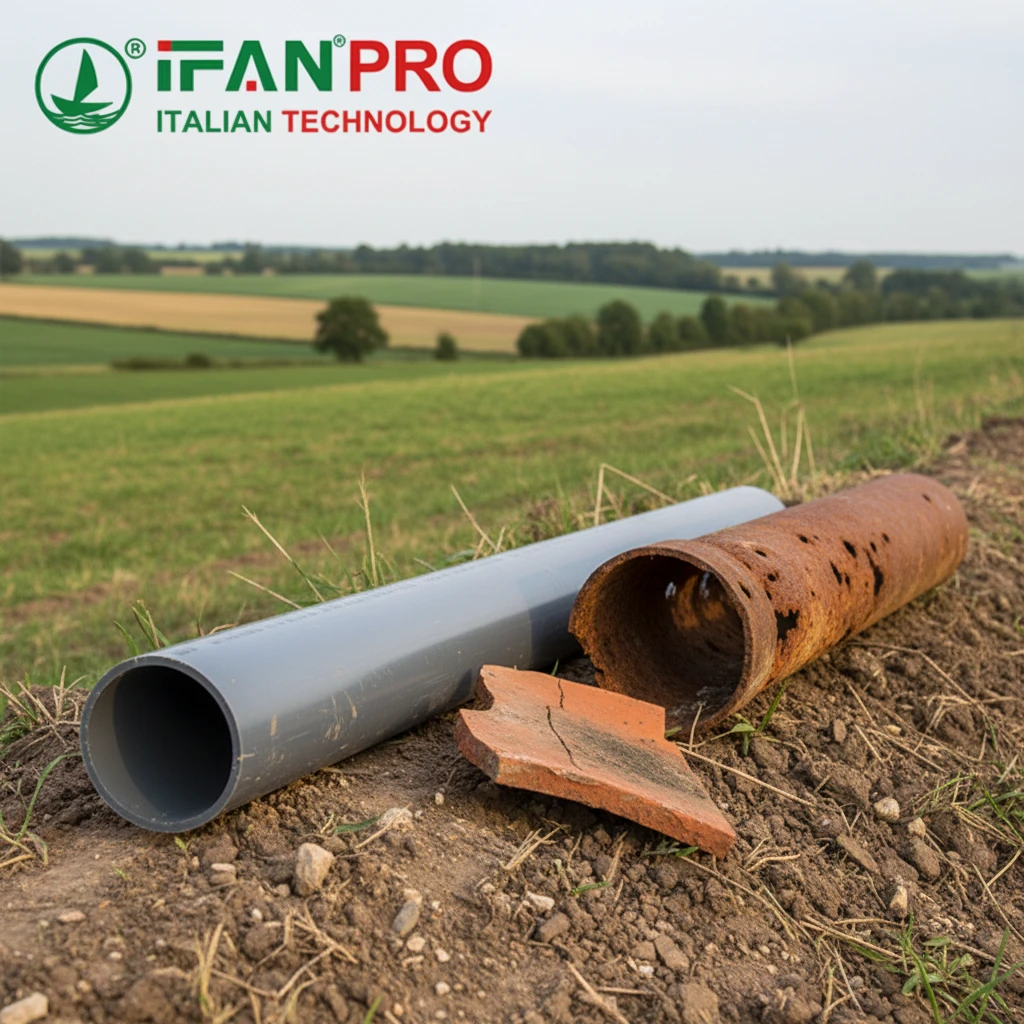
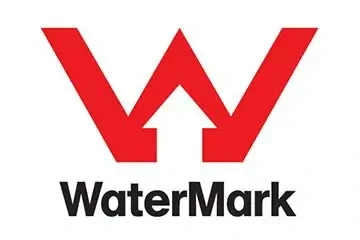

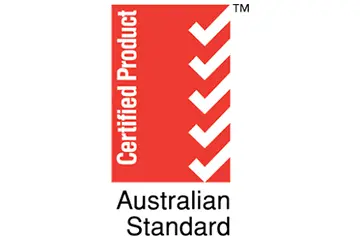
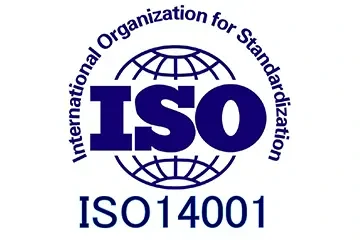
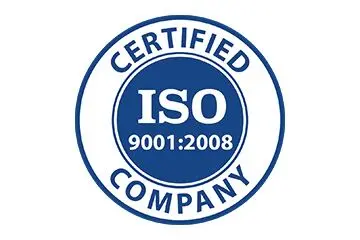

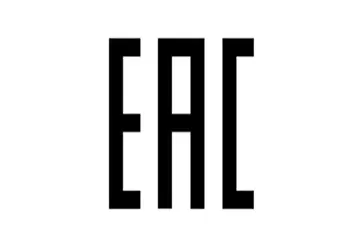
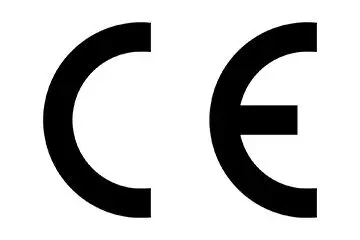
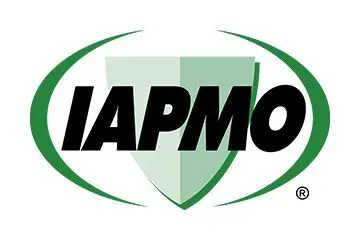
Recent Comments